MAGICAL NUMBERS AND FRACTAL CLASSES
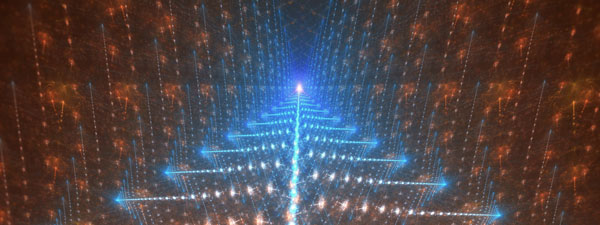
“Bottomless Wonders spring from simple rules, which are repeated without end.”
– Benoit Mandelbrot
This section is for those of you who want to know more about the mathematical and geometrical background of fractals. I am no mathematician, but I am fascinated by the underlying constructions, because they give us a better idea of how these intriguing images are created.
There are many different types and classifications of fractals. After my own studies I came to the conclusion that a simple basic classification is useful of:
1. fractals based on algebraic iteration (iteration = repetition), meaning formulas and numbers and
2. fractals based on geometric iteration.
These two classes produce such different looks that a distinction is useful.
Algebraically iterated fractals
This category of fractals includes all that are based on formulas and numbers. The classifications I would make within this category are the different sets of numbers that are used. Fractals like the mandelbrot set, julia set and the burning ship are made from the set of complex numbers, whereas 3d fractals like the quaternions, tessarines, octonions, better known as the mandelbulb and mandelbox fractals are based on the set of hypercomplex numbers. So what are these sets of numbers?
Understanding Sets of numbers
At the beginning we have the set of natural numbers. That is 1, 2, 3, 4…. and so on. Within this set we can do all kind of mathematical operations such as addition, subtraction. But when we get to this formula “2-3=x” then we cannot solve it within the set of natural numbers. So to solve that we need to extend the boundaries to the set of whole numbers. This set also includes negative whole numbers like -1, -2, -3, -4… and so on.
This is a very simple example, but it illustrates very well the method and concept of expanding the area of operation to a larger set of numbers in order to solve an equation. Now within this set of whole numbers we can solve the formula above where “x=-1”, but still no equation like “3/2=x”. To solve this, we have to further extend the boundaries to the set of rational numbers including non-whole numbers.
This set includes all numbers that can be expressed through fractions, so now the solution is “x=0.5”. Then we still have the set of irrational numbers, that includes all numbers that cannot be expressed as fractions, such as Pi, Phi or other number that do not have repetitions after the comma. All these sets of numbers together make up the set of real numbers, which are basically all numbers between minus infinity and infinity:

Basically if we draw a line and put at the very left end -? and at the very right end +? and 0 in the middle, then we have all countable numbers on this linear scale. But still we cannot solve a formula like “x²=-1”. So here we need to extend the boundaries again, but how? The solution is to extend the linear scale of numbers to a 2-dimensional plain.
Complex Numbers
Now we have a horizontal axis with all numbers we know – the set of real numbers. And we add a vertical axis that represents the imaginary numbers. The name “imaginary” has developed over time, since it lies outside of the “real” numbers, but there is actually nothing imaginary or mystical about it. Simply put, it is another axis of “real” numbers. A complex number on the 2D-plain has a part real value and and part imaginary value and is written as a pair of values, for example (3,2i) and is hence a pair of two “real” values like on a normal coordinate system.
The only difference is a special multiplication rule that allows “i” to be “i=?-1”. “i” is the so called imaginary unit and is on the vertical axis equivalent to 1 on the horizontal axis. This imaginary value i is not “countable”, but we can use it and do mathematical operations just like any other number or any other variable. Now any number can be put as a dot across this 2-dimensional plain. This is the set of complex numbers which includes all real numbers and the imaginary numbers that lies outside of the set of real numbers.
Now the magic happens, when we put complex numbers into the most simple formula like “z=z²+C”, where of course this is already an iterative function. That means we start out with a value for z and C and whatever comes out is being used in the same formula for z again and so forth. That way we create for every number we start with a chain of values.
Now when iterating a function this way up to infinite times, the numbers have two possibilities: either they tend towards 0 or they tend towards ?. Now when putting all this into a graphic, for those numbers going towards 0 we give them a black color and for those numbers going towards ? we assign them a color. This is how the mandelbrot image is created. Where as the fractal structure is exactly at the border between those numbers going to 0 and those going to infinity.

The mandelbrot set is actually the map of the complex numbers and it contains all julia sets that exists. The magnification or zoom is actually to follow one of the number-chains that results from the iteration process.
Hypercomplex Numbers
Now the concept of extending the boundaries or sets of numbers can be continued. One might ask what numbers can be outside of the set of complex numbers? To solve the equation of “x=?i” we need to extend the 2D-plain into a 4-dimensional hypersapce.
This is how sets like the “quaternions” (4 dimensions), “tessarines” or “octonions” (8 dimensions) are made. Now to avoid confusions, we do not talk about the 3 dimensions as space and the 4th as time. We talk about space-dimensions only. So how to imagine what a 4-dimensional space is? The way of operation to go from a 1-dimensional line to a 2 dimensional plain to a 3 dimensional space is simply repeated. A 4th axis is added and the operation is repeated onto the 4th space dimension. This principle can be repeated to create x-dimensional hyperspaces.
Now if putting a dot anywhere into this 4-dimensional space, we get a number that has 4 values, for example (2,i,j,k), whereas “i,j,k” each represents one value from each of the 4 axis. For mathmatical operations such as mulitplications, matrices are used. The image below shows a 4-dimensional hypercube.
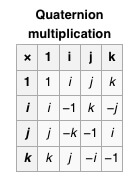
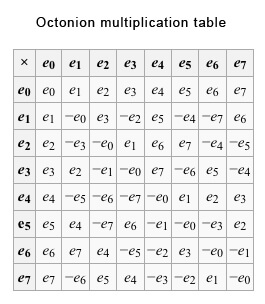

Images creative commons from wikipedia.com
The different sets like the quaternions, co-quaternions, tessarines, octonions are classified together as the set of hypercomplex numbers. Fractals made of these hypercomplex numbers are best known as mandelbulb or mandelbox fractals. They appear 3D and contain the entire set of complex numbers thus the mandelbrot set.
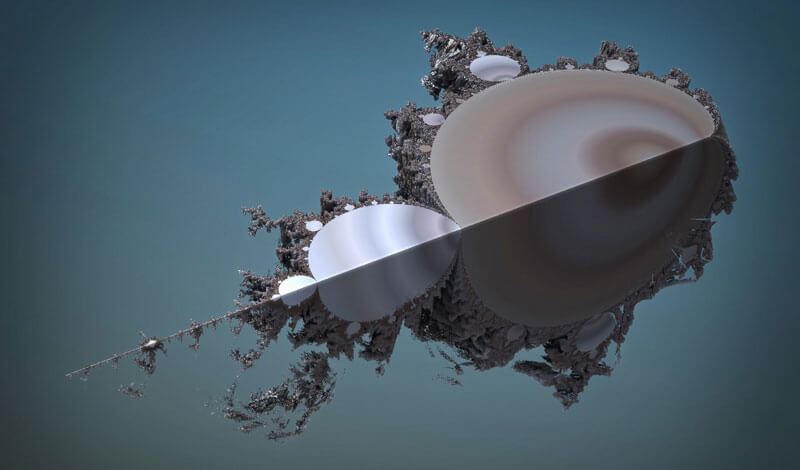
Now one might ask, what this strange math is good for and this is a good question. I am no mathematician, but I know that for example complex numbers are used for calculations in astronomy and for finding patterns in chaos theory. And hypercomplex numbers are used for example in mechanics where dynamics of machines with 3 joints can be predicted.
The most extreme idea that I know of is the E8-model related to quantum physics. This mandala like shape consist of 248 space dimensions. In quantum physics scientists have discovered that sub-atomic particles often appear in groups of 3 which was unexplainable. When the E8 model came out, they found out that by simply spinning it, the intersections would reveal the constellations of 3 in a very natural way, describing the behavior of the sub-atomic particles. So all this shows us that for some solutions the boundaries need to be extended and the solutions can be found in a larger context – outside the box.
And of course hypercomplex numbers are good for art!
A while ago I had the chance to talk to a math professor and I asked him a lot of questions about this topic. He gave me some very interesting insights on how the complex and hypercomplex numbers work. Soon it became clear that the extension to the additional axis was actually a man made definition to solve certain math problems. So at the end I asked him whether the complex and hypercomplex numbers, hence the fractals are actually a man-made construction or rather a discovery of something natural or universal that is already there.
His answer was really intriguing to me – he said, this is one of the oldest debates in the experts world of math where representatives of both sides argue against each other. So there is no clear answer to that. He himself believes, when looking at the images, that we have truly discovered something universal.
Geometrically iterated fractals
This category of fractals includes all that are made based on geometric operations. That means that this kind of fractals can be created without numbers and formulas for example with a pen on a sheet of paper. Of course when generating them on a computer the geometric operations need to be translated into numbers and formulas for the computer to operate. The so called iteration function systems (IFS) is a standard class of software that was developed in the 1970-80s. Some of the most appealing fractal programs for artistic use have emerged out of this development.
One of the most popular fractals is the Sierpinski triangle. Using this example we can easily demonstrate a geometrically created fractal. So obviously for this operation we need no more than a pencil and a sheet of paper and no math or formula is needed. The Sierpinski triangle can be constructed in many ways. I have come across at least 4 different methods that lead to the same result.
Another good example for geometrically iterated fractal would be the “Koch snowflake”. The operation is also very simple and self-explaining.
A specific class are fractals that are dot or pixel iterated. The smallest building block here is a dot. The iteration functions systems and also contemporary software like Apophysis or J-Wildfire are based on that principle. Due to their striking look that is quite different from the formula based fractals these images are categorized into an extra class of the so called “flame fractals” or “fractal flames”. To understand how such complex images can be created, I would like to show it using an analog example with a sheet of paper, a pen and a dice.
With pen and a dice
Creating the Sierpinski triangle on a sheet of paper using the IFS principle. Everyone can do it!
So first of all we point out the corners of a triangle on a sheet of paper. We give the first point the name “1,2”, the second point “3,4” and the third point “5,6”. Now we start off with placing a dot anywhere between the 3 corner points – that is our starting point.
Now we toss the dice and if for example we get a “2” then measure the distance between our starting point and the corner point named “1,2” and place a new dot at exactly half of the distance. This new dot is our new starting point and we repeat that operation, whereas we always use the corner point that matches the tossed dice. We can also add color by using a different color for every corner point.
The same principle digitally
One of my favorite fractal programs is Apophysis which uses the same methods for creating images. In the attractor window the same situation as above is setup whereas the triangles represent the attractor points. The (0) is the actual point, and the (x) and (y) indicates the operation values. Here both are set to 0.5 which means “half” the distance just like in the example above. The operation variables are all set to 0 except for “linear” which is set to 1. All other values like angle/rotation are set to 0.
Now by slightly changing the operators by adding a rotation to 2 attractors, the Sierpinski triangle transforms and we get organic looking structures.
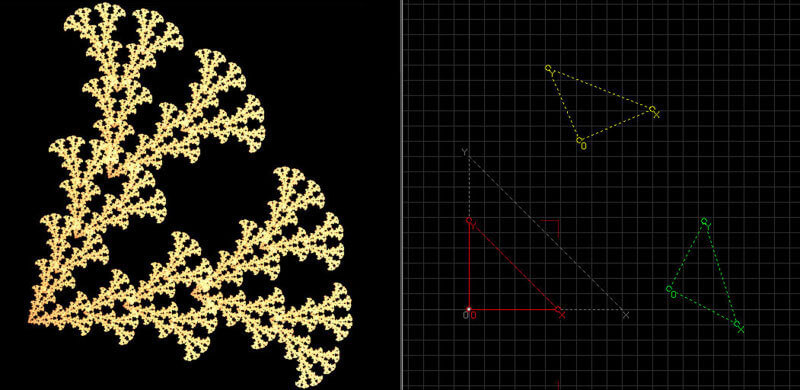
Besides “linear” there is an increasing amount of non-linear operators. Now an unlimited number of attractors can be added and each can have a free combination of transformers and values. The possibilities are literally infinite, though it takes 2 attractors only to create obvious fractal structures.
The kind of images these flame fractals produce are more dreamy than the ones created using hypcercomplex numbers. In both we find similarities to countless structures known from nature.
Though most of the shapes that these fractals produce are not to be found in nature and we may ask whether they visualize something invisible, but real, existing beyond the manifestations of nature as we know.
Want to see more of Flame Fractals? Visit my Gallery here



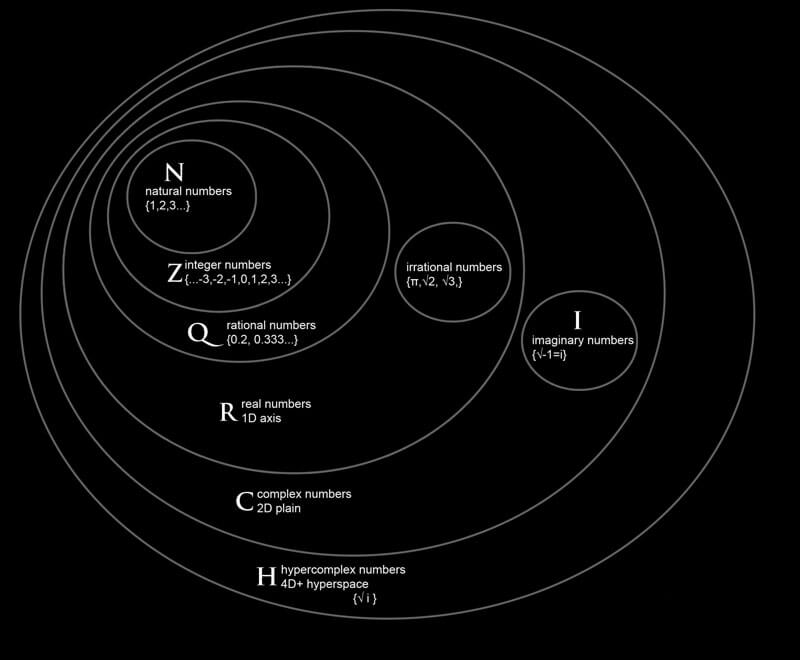
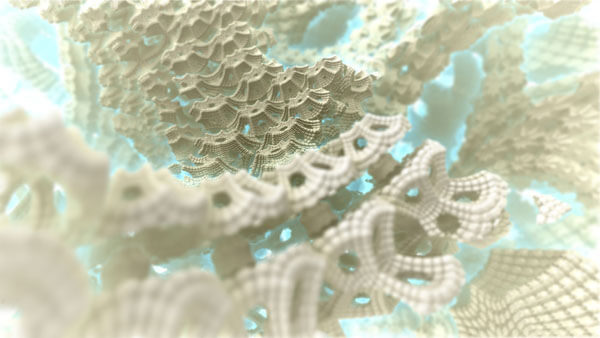
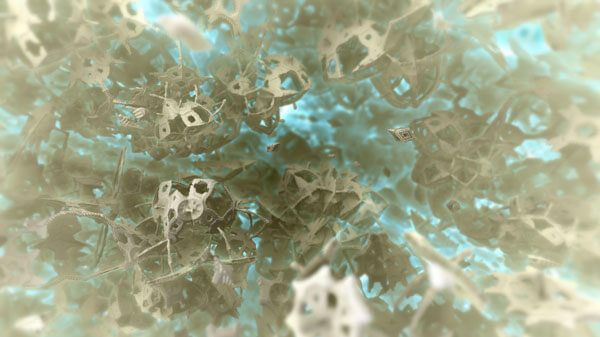
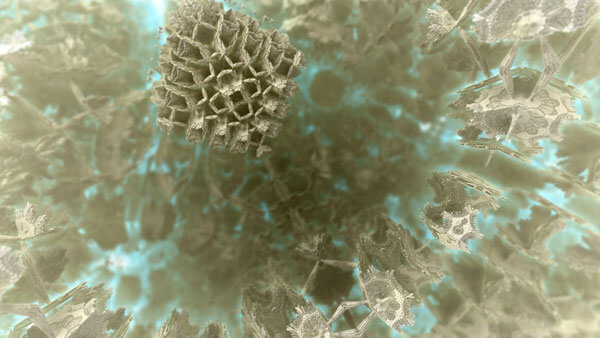

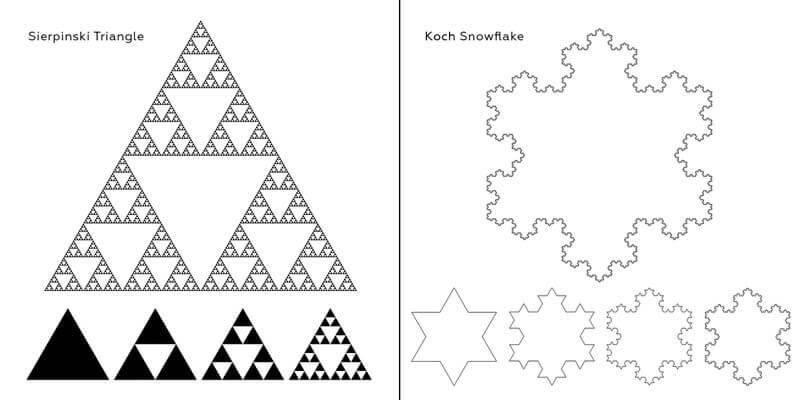
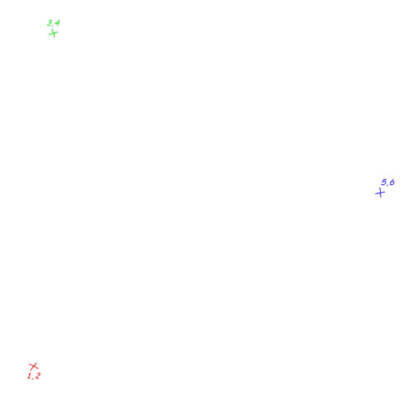
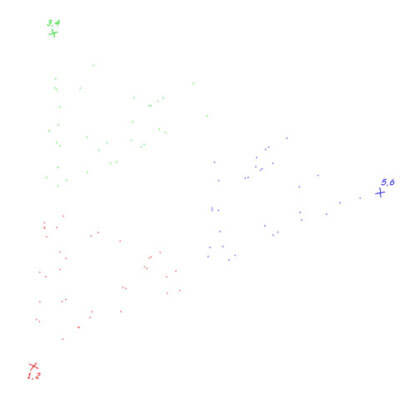
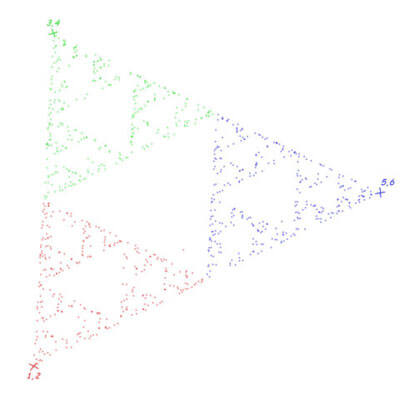
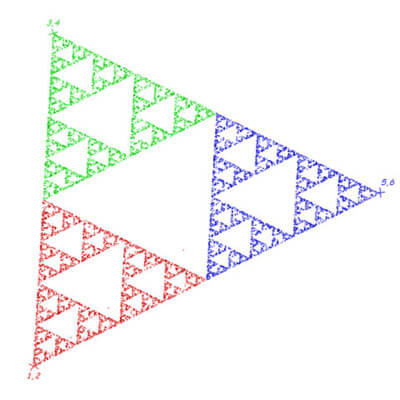
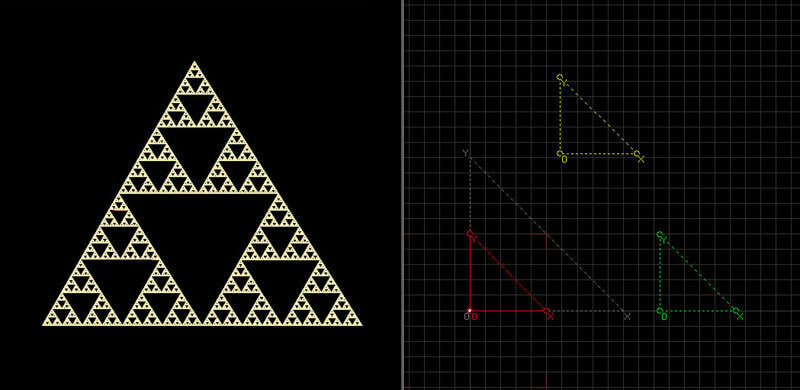
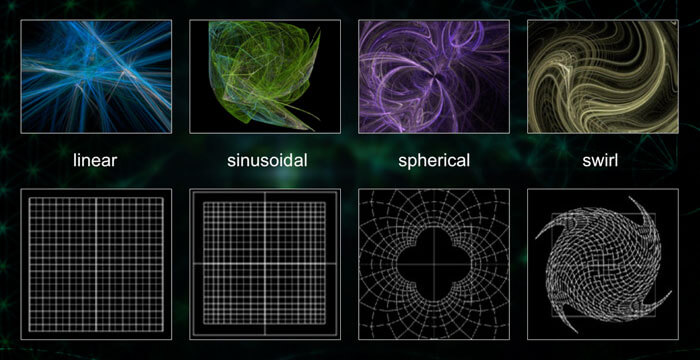
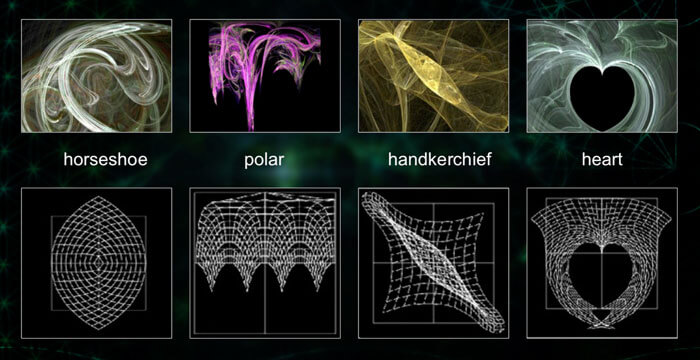
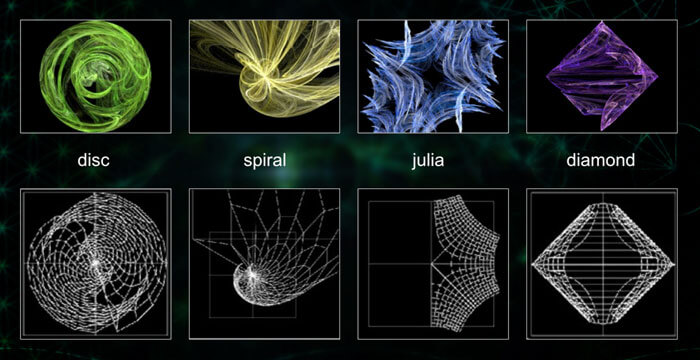
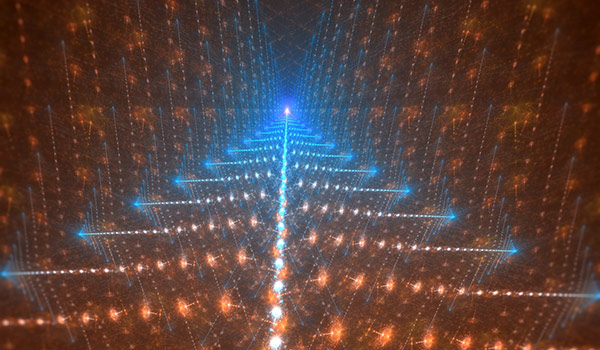
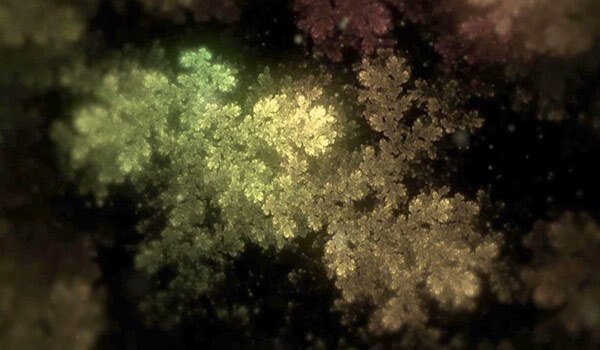
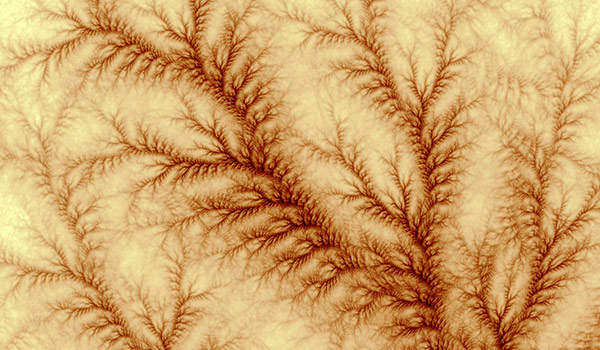
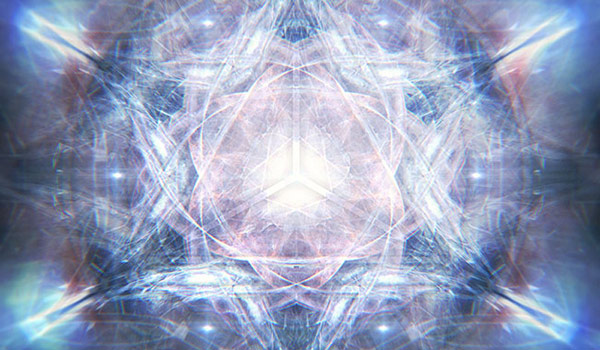
0 Comments